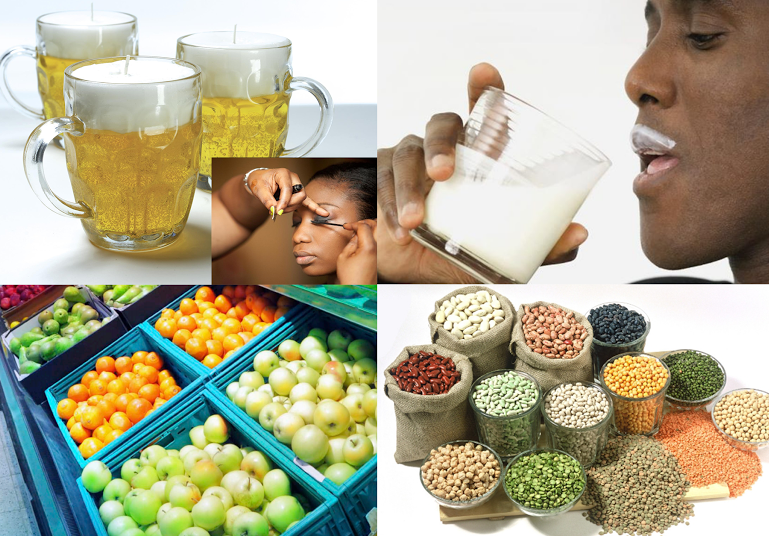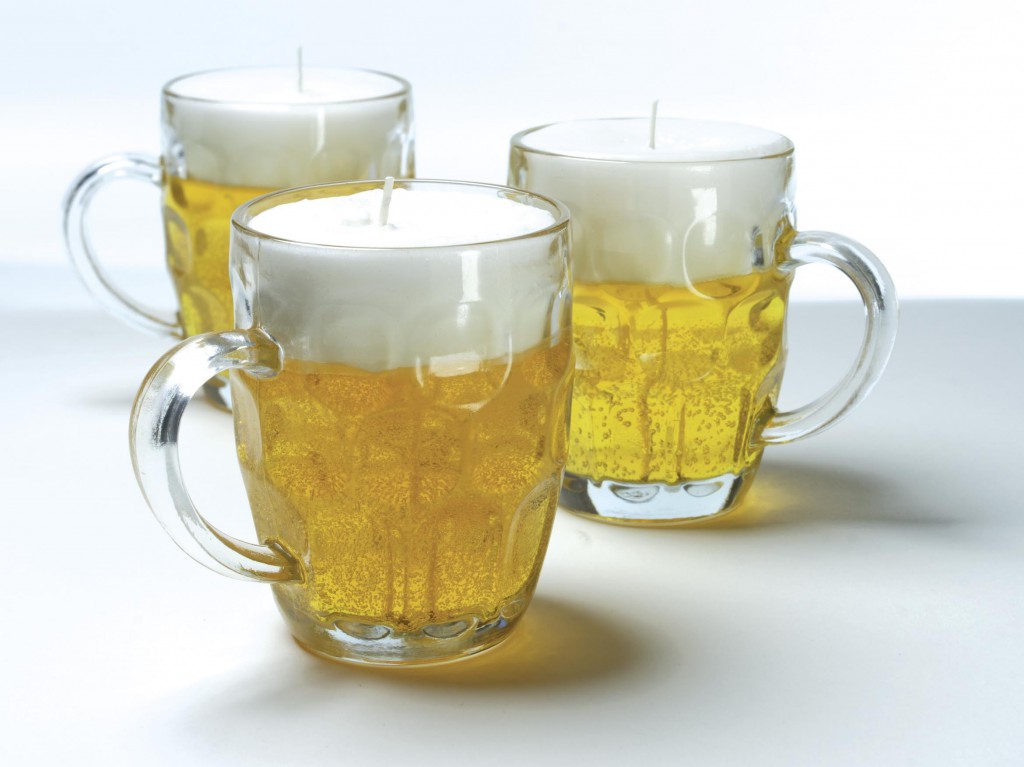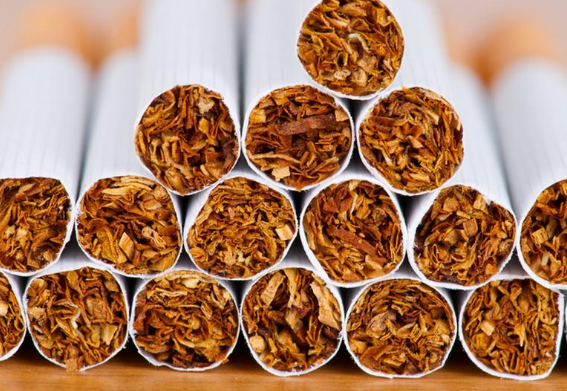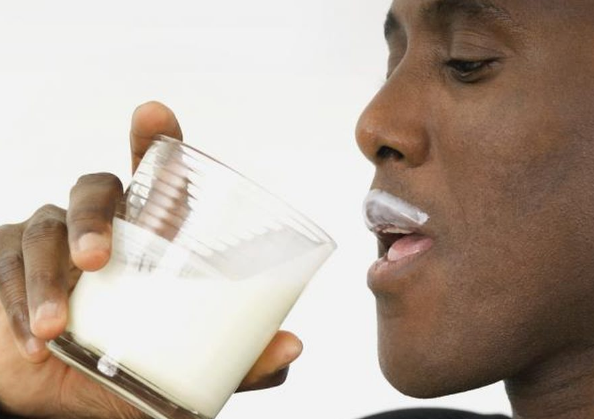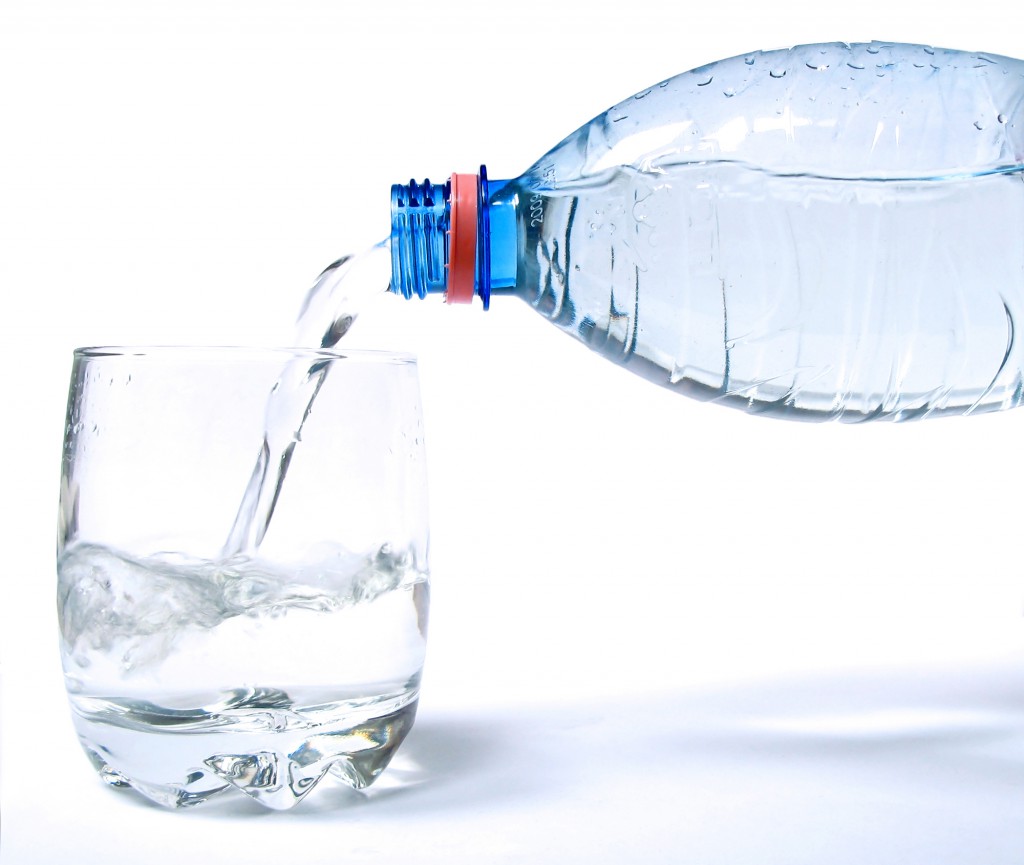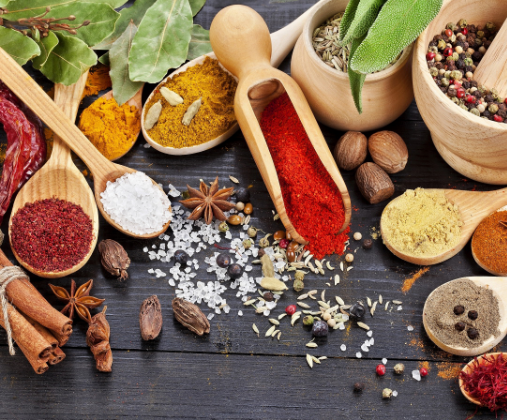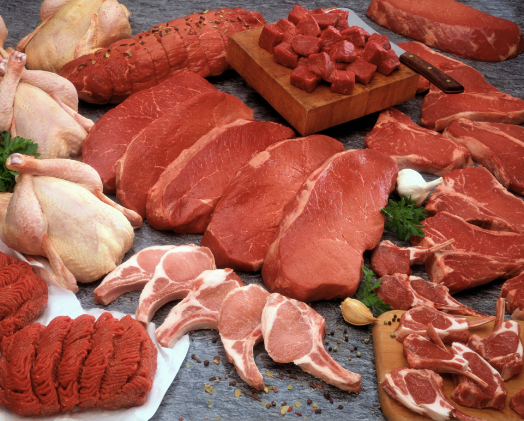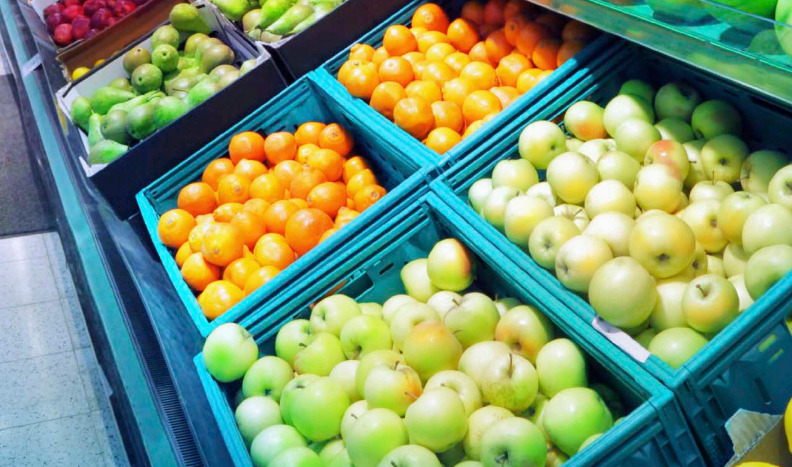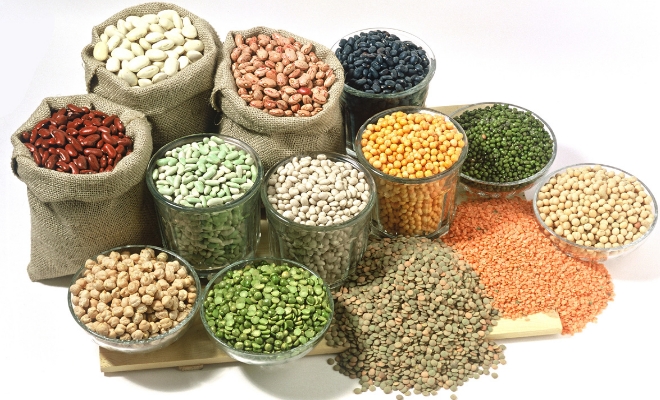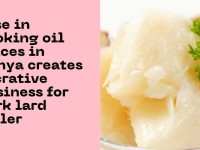As a businessman the most important thing you need to do is understand your market. You cannot purport to be preparing for a great future if you are not familiar with the wants and needs of your target customers. That being said, today we would like to give you a bit of market intelligence regarding the top 9 fastest moving consumer goods in Africa (FMCGs).
Why is this kind of information important? By knowing what goods consumers are looking for it will be easier to tailor your business to meet these needs as you deepen your market reach. So now without further ado we sample out the 9 kinds of goods that top the list of local consumer’s needs.
9. Alcoholic Beverages
According to a past study by the World Bank alcohol takes up 1.6% (Source) of household consumption expenditure in Africa. Perhaps you might want to consider venturing into wines & spirit, club, pub and entertainment industry to take a slice of this billion-dollar industry.
8.Tobacco
Despite growing health concerns related to smoking, tobacco is one of the most demanded goods by African consumers taking up about 1.8% of household budgets. Opening a smoke shop or adding cigarettes to your line of products can be a profitable endeavor if recent trends are anything to go by.
7.Personal Care
From cosmetics, fragrances, oral care, bath and shower products to child care items, the personal care industry in Africa takes up a significant 2.8% of the average African household consumption budget. If you’re looking to capitalize on this think about baby diapers, hair care products, beauty products, barber shops and salons.
6.Dairy Products
Demand for dairy products in developing countries, Kenya included, is growing with rising incomes, changes in diets, urbanization and population growth. According to the Food and Agriculture Organization of the United Nations (FAO), this offers a great opportunity for potential entrepreneurs to enhance their livelihood through increased production. (Ref). Dairy products gobble up 3% of household consumption expenditure.
5.Non-Alcoholic Beverages
This industry broadly comprises soft drinks and hot drinks. Soft drinks include sodas, juice, packaged fruit blends, mineral water and carbonated water. Hot drinks on the other hand include coffee and tea. According to World Bank these beverages take up 7% of the average African consumer’s budget.
4.Other Edibles
11.5% of local consumer budget is spent on other edibles like margarine, chocolates, sugar and spices. Consumption of these items is higher among the middle class than the high-end and low-end consumer markets.
3.Meat & Fish
Meat and fish have been part and parcel of the African menu since time immemorial. And despite a significant diet change, appetite for animal and fish protein seems to be at an all time high with majority of consumers spending at least 20% of their budgets on them. Behind this industry lies massive opportunities ranging from agri-business, aquaculture and value addition (e.g. converting meat into sausages).
2.Vegetables & Fruits
You can never go wrong if you invest in the food business in Africa. A bulging population and increased rural to urban migration means demand for basic food items is going to grow moving forward. It’s therefore not a surprise to see that veggies and fruits take up 25% of the average African consumer’s budget.
1.Cereals, Grains & Wheat
The World Bank data suggests that cereals, grains and wheat take up the largest share of household spending on FMCG products. Gross household expenditure on cereals, grains and wheat surpassed $64.5 Billion in 2010 representing a whopping 27% of the overall consumption budget. Some business opportunities around this include: cereals supplies, milling, agri-business and value addition.
What is your opinion on this pattern? If you were to start a business today, what FMCGs would you prefer to focus on?

